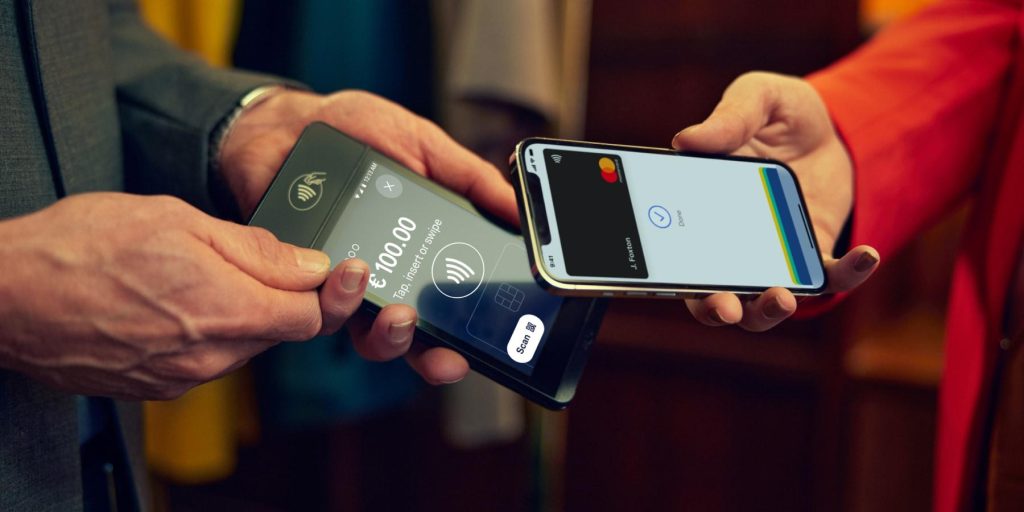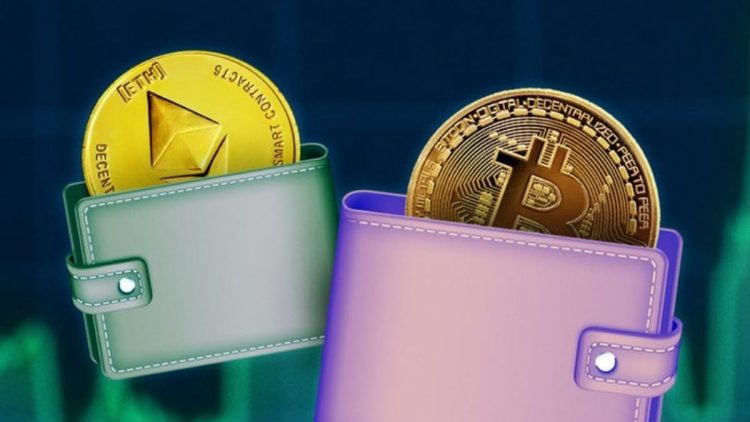Introduction
In today’s digital age, digital wallets have become indispensable tools for managing cryptocurrencies and blockchain assets. They offer the convenience of instant transactions and access to decentralized finance, NFTs, and more. However, this convenience also brings significant security risks. Unlike traditional banking systems, cryptocurrency transactions are irreversible. If your wallet is hacked or stolen, recovering your assets is nearly impossible.
With cybercriminals continuously evolving their tactics, protecting your digital wallet from theft and cyberattacks is more important than ever. This article provides an in-depth guide on how to secure your digital wallet against common threats, helping you safeguard your valuable digital assets.
1. Understand Different Types of Digital Wallets and Their Risks
Before diving into security measures, it’s crucial to understand the main types of digital wallets, as each has its own security profile:
- Hot Wallets
These wallets are connected to the internet, making them highly convenient for frequent transactions. Examples include MetaMask, Trust Wallet, and exchange wallets. However, their online connectivity exposes them to phishing attacks, malware, and hacking attempts. - Cold Wallets
Cold wallets store private keys offline, making them highly secure against online threats. Hardware wallets like Ledger and Trezor or even paper wallets fall under this category. Although more secure, they are less convenient for daily use. - Custodial Wallets
These wallets are managed by third parties, such as cryptocurrency exchanges. While easy for beginners and offering recovery options, they expose users to risks if the custodian itself is hacked or becomes insolvent.
Key takeaway: Use hot wallets for everyday activities with limited funds, while storing the bulk of your assets in cold wallets.
2. Protect Your Private Keys and Seed Phrases
Your private keys and seed phrases are the master keys to your digital assets. Anyone who gains access to them can control your wallet and transfer your funds without your consent.
- Never share your private keys or seed phrases with anyone.
Legitimate support teams or services will never ask for these. - Avoid storing keys digitally.
Do not save seed phrases in emails, cloud storage, screenshots, or text files on your computer or phone. These can be hacked or exposed. - Write your seed phrase down physically.
Use pen and paper and store it securely in multiple offline locations, such as a safe or a safety deposit box. - Consider durable backups.
Metal seed storage devices protect against fire, water damage, and general wear.
Losing or exposing your seed phrase is the most common cause of wallet theft. Treat it as carefully as you would your most valuable physical possessions.
3. Use Hardware Wallets for Enhanced Security
Hardware wallets store your private keys in a secure offline environment, meaning they never expose your keys to the internet. Even if your computer is infected with malware, the hardware wallet keeps your keys safe.
- Popular hardware wallets include Ledger Nano X, Trezor Model T, and Coldcard.
- Always purchase hardware wallets from official sources to avoid tampered devices.
- When making transactions, verify the details directly on the device screen before approving.
Using a hardware wallet dramatically reduces the risk of hacking, especially for storing significant amounts of cryptocurrency.
4. Enable Multi-Factor Authentication (MFA)
Where possible, protect your wallet or exchange accounts with multi-factor authentication:
- Use authenticator apps (Google Authenticator, Authy) or hardware tokens (YubiKey) for stronger protection.
- Avoid SMS-based 2FA, as attackers can exploit SIM swapping to hijack your phone number.
MFA adds an extra layer of defense, requiring a second verification step beyond your password.
5. Recognize and Avoid Phishing Attacks
Phishing remains one of the most effective methods cybercriminals use to steal wallet credentials.
- Always check website URLs carefully; phishing sites often mimic popular wallets or exchanges with slight misspellings.
- Avoid clicking on links from unsolicited emails, social media messages, or chat groups.
- Download wallet software and browser extensions only from official sources.
- Be cautious about any communication asking for your private keys or seed phrases—they are always scams.
Developing a habit of skepticism and verifying before clicking can save your assets.

6. Manage Wallet Permissions and Approvals Wisely
When interacting with decentralized applications (dApps), you often grant token spending permissions to smart contracts.
- Regularly review and revoke unnecessary token approvals.
- Avoid approving unlimited spending allowances unless absolutely necessary.
- Confirm smart contract addresses and verify dApp legitimacy before connecting your wallet.
Poor permission management can allow malicious contracts to drain your tokens even without direct wallet compromise.
7. Keep Your Devices and Software Secure
Your wallet’s security is only as strong as the device it operates on.
- Keep your operating system, browsers, and wallet applications up to date to patch known vulnerabilities.
- Install reputable antivirus and anti-malware software.
- Avoid installing unknown or untrusted browser extensions, which can act as spyware.
- Consider using a dedicated device or separate browser profile exclusively for crypto transactions.
- Use strong, unique passwords for all related accounts and consider password managers.
Device security is a foundational layer—if attackers control your device, they can bypass many wallet protections.
8. Use Multisignature Wallets for Additional Safety
Multisignature (multisig) wallets require multiple private keys to authorize a transaction, reducing the risk that a single compromised key leads to asset theft.
- Multisig wallets are especially useful for organizations, joint accounts, or large personal holdings.
- Popular multisig solutions include Gnosis Safe and Cosign.
By distributing control among multiple keys, multisig adds an important layer of security.
9. Prepare for Emergencies
Despite your best efforts, there’s always a risk of losing access or being targeted.
- Backup your seed phrases securely and store copies in separate, trusted locations.
- Consider using Shamir’s Secret Sharing or other key-splitting techniques to distribute your seed phrase parts among trusted parties.
- Plan ahead for inheritance or emergency access to your wallets.
Having a clear recovery plan ensures you won’t permanently lose access to your assets in case of accidents.
Conclusion
Protecting your digital wallet from cyberattacks and theft is vital to preserving your digital wealth. By understanding wallet types, safeguarding private keys, using hardware wallets, enabling strong authentication, and practicing cautious behavior online, you can significantly reduce your risk.
In the decentralized world of blockchain, you are your own bank. Unlike traditional finance, there is no central authority to reverse mistakes or recover stolen assets. The security of your digital wallet depends entirely on the precautions you take.
Stay vigilant, educate yourself continuously, and adopt a layered security approach—your crypto assets deserve nothing less.
















































